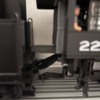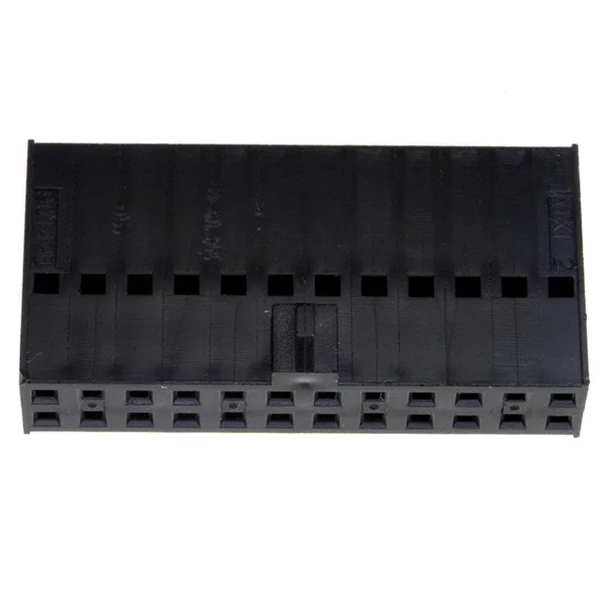First, the positive: this is a gorgeous 0-6-0 Steam switcher, and everything works except for the problems mentioned below. Sounds, smoke and swinging bell are wonderful, the detail is superb, and but for the problems below, I might consider it to be my #1 locomotive at a reasonable price (approximately $700 for a Legacy ain't bad).
Now, the negative: I can't get it to run more than a couple of feet on my Postwar tubular track layout with O31 curves even though Lionel states that it should run well through 031 curves and even though I already sent the locomotive back to Lionel under warranty. Lionel extended the tether between the tender and locomotive and claims it runs fine through 031 curves.
This morning I ran it using the LionChief Universal Remote and still the same problem. First, it ran a foot and stalled going through a curve. Then, I put it on a long stretch of straight track and it ran fine, front abd back.
At that point, I felt there was hope.
I had it run through the 031 curves and I'm ecstatic, it worked for a couple of minutes. I'm thinking total victory.
But the victory was short lived. I ran it through another curve and it stalled again.
I'm almost sure that the cause of this problem has to do with a poorly engineered tether between tender and engine and/or the plug at the end of the tender and/or socket in the back of the engine into which the tether is inserted. This arrangement is ridiculously fragile. The tether consists of many very fine wires, also way to fragile.
I would love to solve this problem. Please offer any and all advice you have that might help this otherwise fantastic engine to run well.
Arnold

















